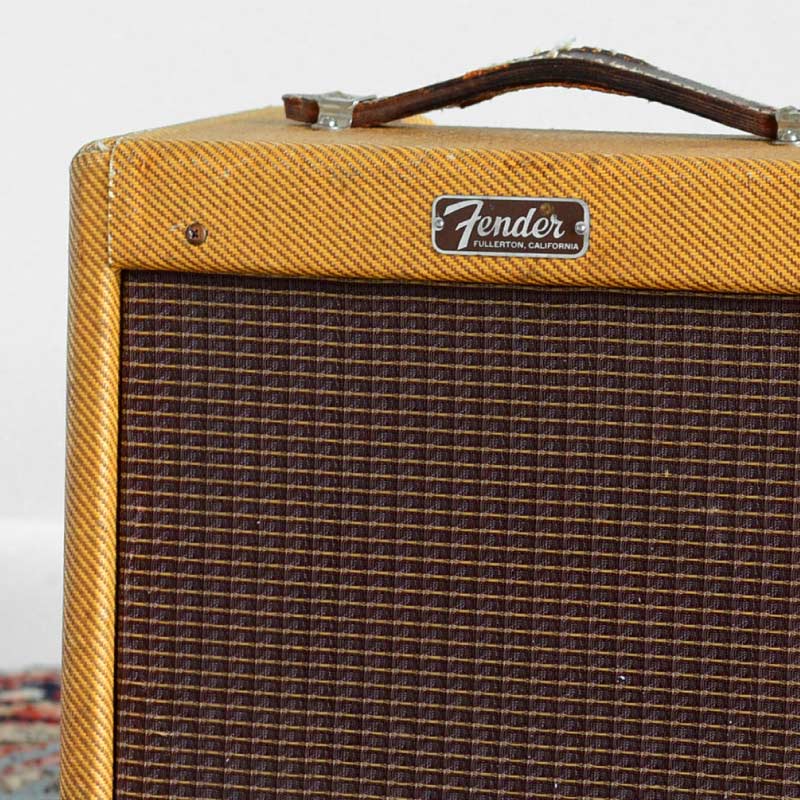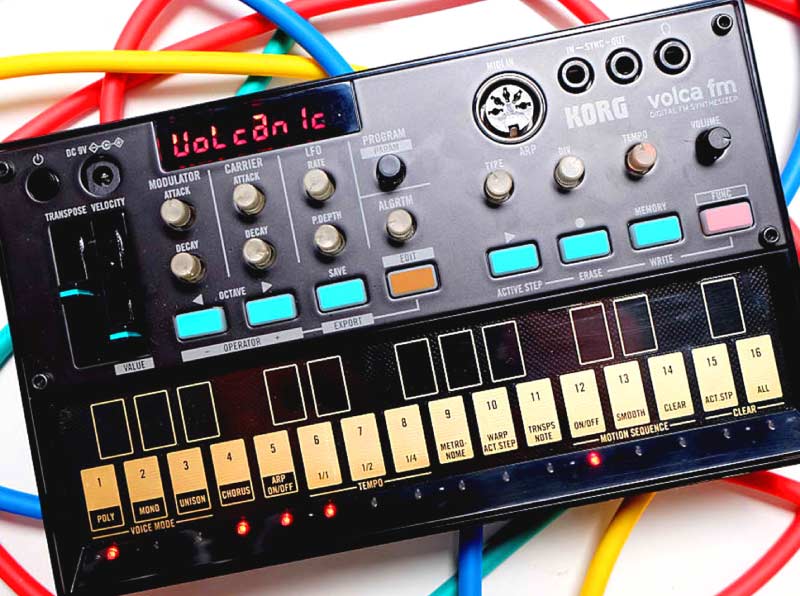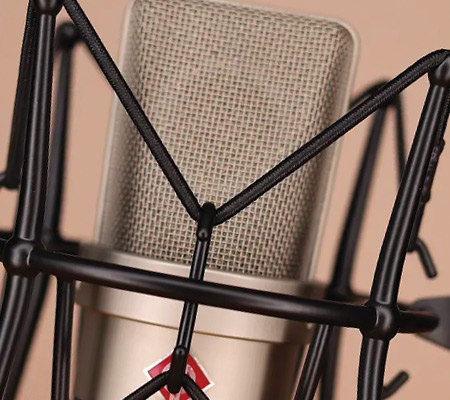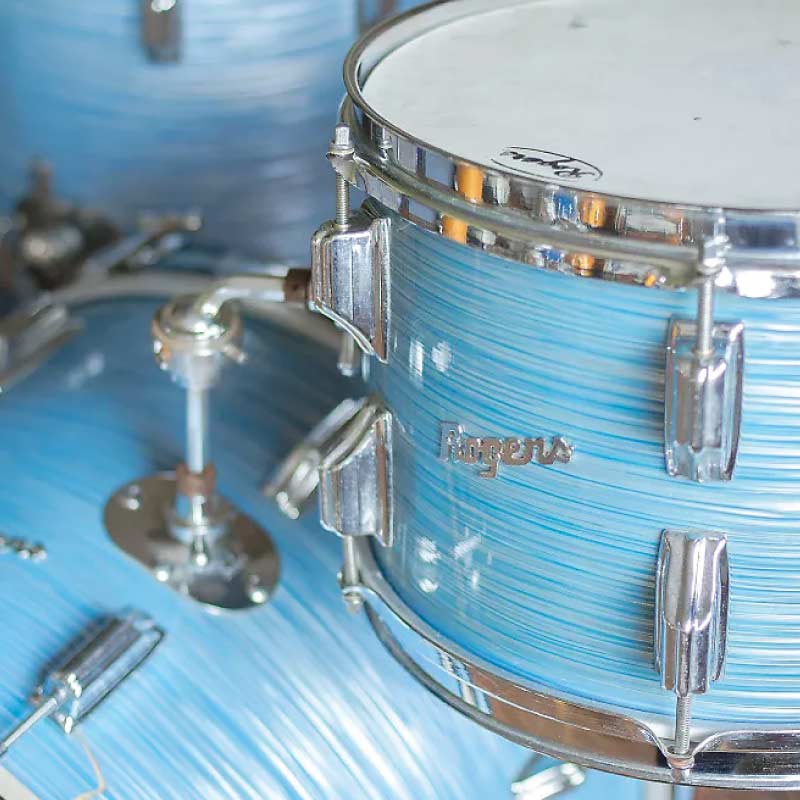When Sonny Sharrock’s grandmother told him he should go to church, he told her she should go listen to John Coltrane.
That's Sonny Sharrock in a nutshell. Nothing was sacred. There was no right way to do things besides his own. Sonny was a blues player who didn’t care that the blues was a formula. Sonny was a jazz player that plugged his Les Paul into a Marshall full stack and pumped the gain.
Sonny claims that he only played guitar in the first place because his asthma was too bad for him to play saxophone. This original love didn't fade with time, as his chord avoidance and single line playing would indicate. He viewed himself as a saxophone player who used a guitar. In interviews, he was always sure to throw in how little he listened to other guitarists.
His biggest inspiration was Coltrane, from whom Sonny drew his ferocity. You could call how Sonny played shredding, but the truth is that he did something much more gruesome. If Sonny did to a person what he did to a guitar, they wouldn’t print the pictures in the paper.
In an interview with Guitar Player Magazine in 1989, Sonny revealed how merciless he was with his strings. He broke them all the time. Sometime’s he’d pick them, sometimes he’d slap at them. You’d think he had it out for his guitar.
Well, you’d think post–hiatus Sonny had it out for his guitar, at least.
The Two Faces of Sonny Sharrock
Jazzheads know Sharrock best from his work with Pharoah Sanders, or from relieving John MacLaughlin of his duties during the last few minutes of “Yesternow” on Miles Davis’s most overtly rock album, Jack Johnson. Late night television junkies know him from the Space Ghost: Coast to Coast theme, which he composed and played on.
Sonny Sharrock was one man, but two guitar players. The first played jazz boxes: a Gibson L-5, a Yamaha clone of an ES-175. The second played that black Les Paul. The first Sonny was lyrical, often a sideman. The second Sonny was a shredder, a star.
The timeline of the two Sonnys is simple. Jazz box Sonny was around until 1975. That’s when Sonny quit jazz and lived as a regular Joe, working with institutionalized patients and as a chauffeur. Les Paul Sonny got his start in 1981, pulled out of retirement by Bill Laswell.
The two Sonnys are two very different guitars, and therefore two of the most overlooked, under–appreciated in the history of jazz. When you play by different rules, not everyone understands your game.
Jazz Box Sonny
Sharrock started his ascension playing guitar for Herbie Mann, a flautist and progenitor of the emerging world music genre. For some inexplicable reason, Mann felt he needed a Coltrane. Sonny was the guy he chose, and Sonny did it right. When Sonny put his chipmunk face on, those smooth grooves would shatter.
For much of the 1960s, Jazz Box Sonny would make his rounds in the out jazz scene centered in downtown Manhattan.
He went over to Sun Ra’s house one afternoon and watched movies with his band. That’s when Sun Ra got a call from Olatunji, the Nigerian drummer on tour in New York who needed a backing band. So Sonny sat in with Sun Ra and his boys.
He’d hit his peak as a sideman playing on Pharoah Sanders’s earliest albums, Tauhid and Izipho Zam (My Gifts). While it was never stated as such, it’s clear that Pharaoh Sanders mentored Sonny in the development of his own sound.
Pharoah played on John Coltrane’s two most defining free jazz albums: the revolutionary and searing Ascension as well as the Eastern–inflected Meditations. Sanders would go on to head the spiritual jazz movement alongside John’s wife Alice, using permeable structures, spiritually transcendent melodies, and bursts of noise that were like speaking in tongues on a saxophone.
The big difference in approach between Pharoah’s spiritual jazz in the late ‘60s and Sonny’s first solo album in 1969 is that Pharoah liked Eastern melodies and Sonny liked the blues. They proved that whether Eastern or Western, melody and lyricism had a place in free jazz.
Sonny and Linda
Black Woman was Sharrock’s first album under his own name and his first recorded collaboration with his wife at the time, Linda. This is when Sonny and Linda would compliment each other best, always on the verge of ecstasy and frequently teetering over it.
Even though it features free jazz master drummer Milford Graves, Black Woman is free in spirit but not free from melody. It’s hardly a post–bop album either, with Sharrock and his group leaning much more heavily on some abstracted idea of blues, almost like B.B. King playing ragas. Regardless of genre, Black Woman is about Sharrock’s keen compositions.
“Blind Willie,” a solo acoustic piece by Sharrock sounds uncannily like one of John Fahey’s more upbeat numbers from the same era. “Bialero” sounds like Sharrock’s hat-tip to Aaron Copland.
The titular “Black Woman” subverts the tonality used in the “Star Spangled Banner.” All in all, it’s hard to argue that Black Woman is a jazz album more than it is just an American album, full stop.
Any album that had the name “Sharrock” on the cover would be a collaboration between Linda and Sonny through their 1975 release Paradise, a glorious freak of a pop jazz album that Sharrock was ashamed of for the rest of his life and apparently quit music over. He and Linda divorced in 1978. But by 1978, Sonny had been three years gone from the scene.
Les Paul Sonny
Decorated producer and journeyman bassist Bill Laswell coaxed Sonny out of retirement in 1981. He played around for a few years, touring Europe and finding his groove. But Les Paul Sonny didn't truly emerge until 1986, when he formed Last Exit with Peter Brotzman, Ronald Shannon Jackson, and Laswell. They formed on a stage in Germany and sounded like the end of the world from their literal first minute.
Last Exit is where free jazz got scorched with hell fire. Regardless of competition from metal, hardcore, and anything else, Last Exit was one of the heaviest bands in the world in the late ‘80s. It’s where Sonny played his Les Paul through a Marshall full stack so loud that he was sending transmissions to Mercury. He loved that Marshall sound so much there's a picture of him hugging one.
1986 was also the year Sonny would start releasing metal–inflected jazz albums under his own name, starting with the solo guitar effort labeled, simply, Guitar. The following year he released Seized the Rainbow with a full band playing like they were in a road house with a bad hornet infestation.
Sonny spent a few years playing with Last Exit and developing his that jazz metal sound. Then, in 1991, it all came back around to his roots. Sonny wrote the best songs of his career and invited Pharoah Sanders to help him realize them. They roped Elvin Jones into the studio – one of Coltrane’s favorite drummers to work with and one half of the percussion duo on A Love Supreme.
The result was Ask the Ages, Sonny’s final and finest album. On this one, Sonny did it all: the heart wrenching blues, the searing distortion, the jubilant free music. On few other albums in the lineage of jazz are composition and improvisation tangled in such an elegant mess.
It shouldn’t have been Sonny’s last full length, but it was. He’d die a few years later at 54 years old.
But Ask the Ages wasn’t the last thing Sonny did. In fact, he ended his career with one composition that explains everything you need to know about Les Paul Sonny in about 30 seconds.
That would be the theme song to Space Ghost: Coast to Coast, a track that starts off with a dumb eighth note rock riff and descends into madness in less than 16 bars.
Strange as it may seem, that cartoon theme song offers the better distillation of what made Sonny Sharrock one of the most radical guitarists of the 20th century. Like any of his best songs, Sonny had the band play a catchy, grooving tune while he yanked his strings into oblivion. It’s fun, it’s daring, and it’s consummately American music that only one American knew how to make.
After Sonny passed from a heart attack at his house in Westchester county, Space Ghost gave him his most public tribute. He died mostly in obscurity, but on Space Ghost, he was a star.
The episode titled “Sharrock” is almost nothing but the show’s characters sitting still while Sonny’s music squalls. Thurston Moore was a guest, but he could barely get a word in edgewise. Space Ghost did to that interview what Sonny did to a guitar, and the network aired it on late night.







